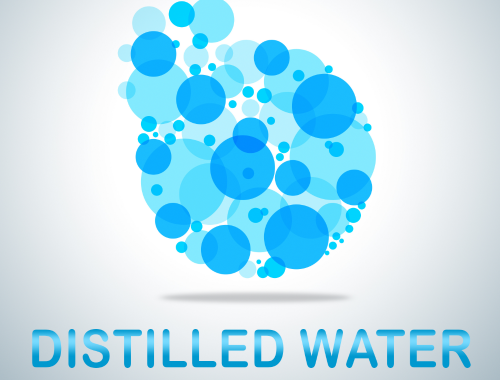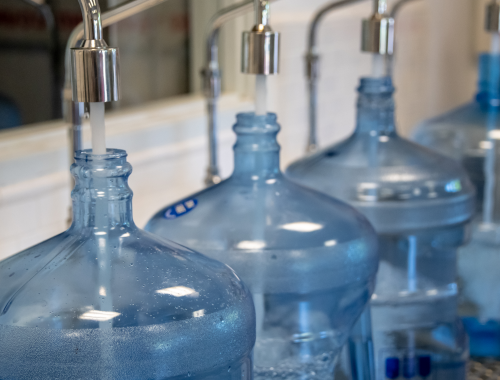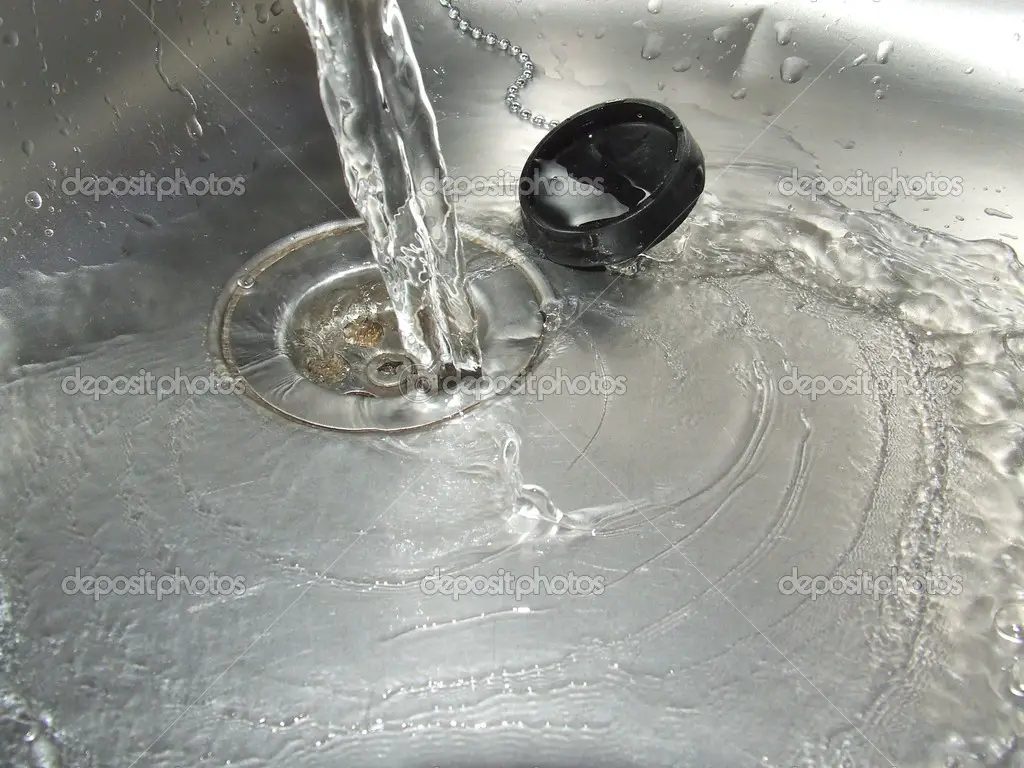Is distilled water good for you? Is purified water better than distilled water? These are some common questions that might come to mind when considering different types of water for consumption. Both are forms of treated water, but they undergo different purification processes. So, it’s important to understand their characteristics and potential benefits. This can help you make an informed decision about the type of water that best suits your needs. Both are safe to drink, but they may not taste as good as regular tap water. In this article, we look at the similarities between distilled and purified water.

What is Distilled Water?
Distilled water is a type of purified water that has undergone a specific process called distillation to remove all impurities. First, the water is heated to its boiling water turning it into steam; the steam is then cooled and condensed back into liquid form; the resulting liquid is collected which is finally called distilled water, which is free from most contaminants, including minerals, bacteria, viruses, among others.

What is Purified Water?
Purified water has been filtered or processed to remove impurities, contaminants, and other substances that may be present in the water. The goal of purification is to produce water that meets certain quality standards and is safe for various applications, including drinking, cooking, and other industrial or commercial uses. Purified water can be produced through various methods, including distillation, reverse osmosis, deionization, or filtration.
Similarities between Distilled and Purified Water
Free of Contaminants
– Both forms of water undergo rigorous purification processes to eliminate impurities, pollutants, and potentially harmful substances. Distilled water is produced by boiling water and then condensing it into liquid form, which leaves behind contaminants like minerals, heavy metals, and microorganisms. Purified water, however, is treated through various methods such as reverse osmosis, carbon filtration, and UV sterilization, effectively removing contaminants.
Safe to Drink
– Both distilled and purified water have been intricately processed to remove any impurities, including bacteria and other harmful microorganisms. The purification processes follow stringent quality standards to eliminate the risk of waterborne diseases and make sure they are free from harmful chemicals. As a result, they can be safe to drink and used for cooking applications. Both are safe to drink, even for people with weak immune systems.
Low Mineral Content
– The process of distillation removes most of the minerals from water. Distilled water is almost entirely free from minerals and other impurities as they have higher boiling points than water and are left behind in the original container. Many purification methods also remove some minerals. However, the degree of mineral removal can depend on the specific purification system and its settings. This means that both distilled and purified water have a very low mineral content, which can make them taste flat or bland.
Versatility and Applications
– Both are quite versatile, hence can be used for a variety of purposes beyond drinking, such as cooking, cleaning, and battery filling. Because of their purity, they are widely used in industries like pharmaceuticals, cosmetics, and electronics, where water quality is crucial for manufacturing processes. Additionally, they are often utilized in steam irons, car batteries, and aquariums to avoid mineral buildup or impurities that might damage the equipment or harm living organisms.
Summary
In a nutshell, both forms of water can remove minerals during their purification processes. However, the extent of mineral removal can differ between the two methods. Both are forms of treated water, but they undergo different purification processes and are relatively inexpensive to produce, making them a cost-effective option for many. Both are often used in medical applications, such as preparing medications and cleaning surgical equipment. Overall, there are a lot of similarities between distilled water and purified water than you can possibly think of.
FAQs
Is purified water and distilled water the same thing?
Well, they are not the same thing. Purified water has had some impurities removed, while distilled water has had all impurities removed.
Is purified water OK for CPAP?
Yes, purified water is generally safe to use in a CPAP (Continuous Positive Airway Pressure) machine. Purified water is a suitable alternative and will not harm the device in most cases.
Is bottled water distilled or purified?
Bottled water can be either distilled or purified. Some brands of bottled water are distilled, while others are purified. It is important to check the label on the bottle to see which type of water is used.
Do you need distilled water for CPAP?
CPAP manufacturers usually recommend using distilled water to prevent the buildup of mineral deposits in the machine. However, purified water or tap water that meets certain quality standards can also be used as a substitute.
What if I run out of distilled water for my CPAP machine?
If you run out of distilled water for your CPAP machine, you can use purified water or tap water that meets certain quality standards as a temporary substitute.
What is the best alternative to distilled water for CPAP?
The best alternative for a CPAP machine is purified water. Purified water goes through various filtration processes to remove impurities and is generally safe for use in CPAP machines.
Which is better purified or distilled?
Distilled water is considered more pure, but it may not taste as good. Purified water may taste better than distilled water, but it may not be as effective at preventing mineral buildup in the humidifier. Ultimately, the choice depends on your individual needs and preferences.
Is boiled water the same as distilled water?
When you boil water, you bring it to its boiling point, which kills most microbes but does not remove impurities like minerals. Distillation, however, involves boiling water, capturing the steam, and then condensing it back into liquid form, leaving behind impurities, including microbes.
Is Walmart purified water distilled?
Some Walmart purified water is distilled, while other types are not. It is important to check the label on the bottle to see which type of water is used.










Leave a Reply